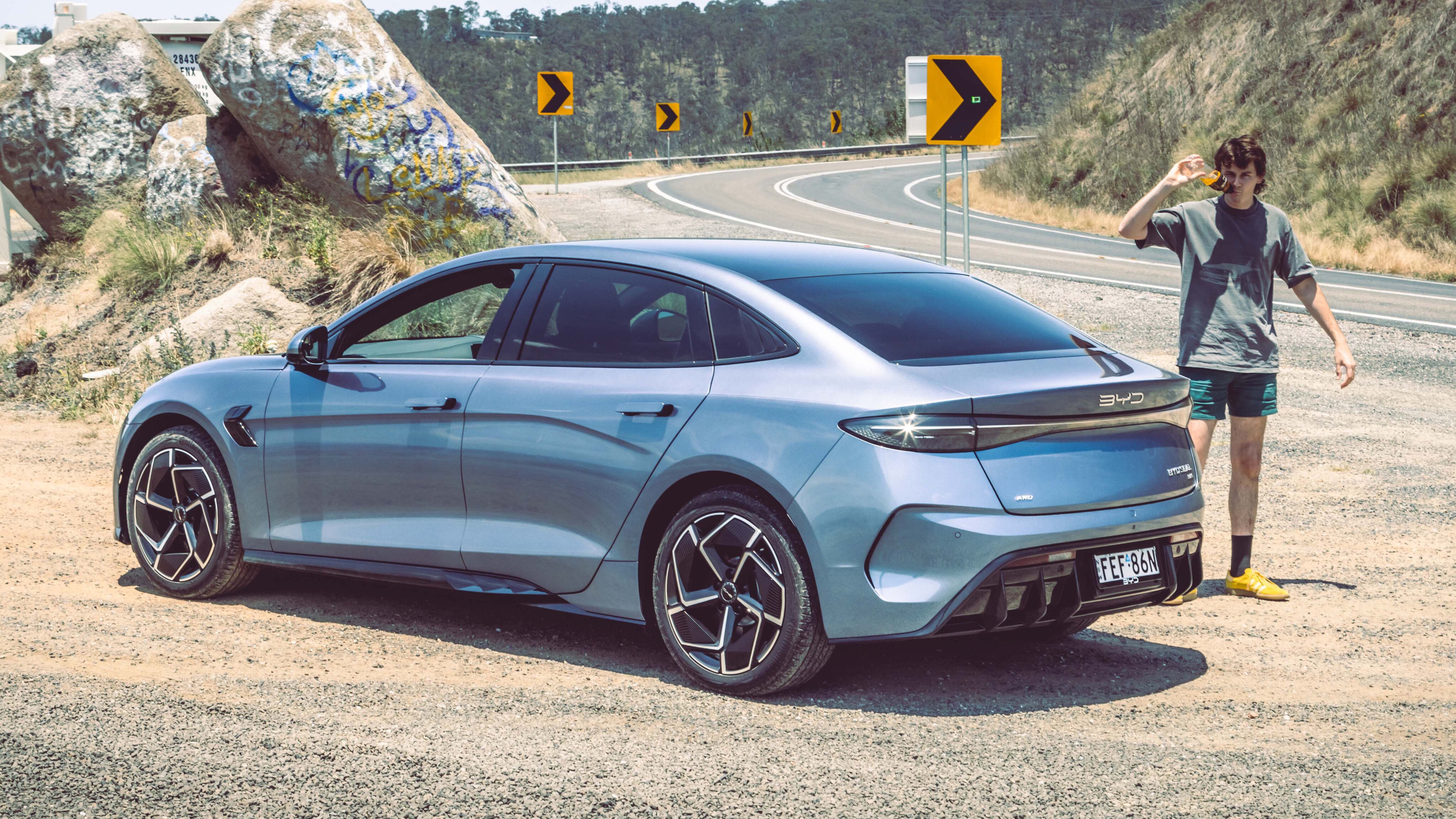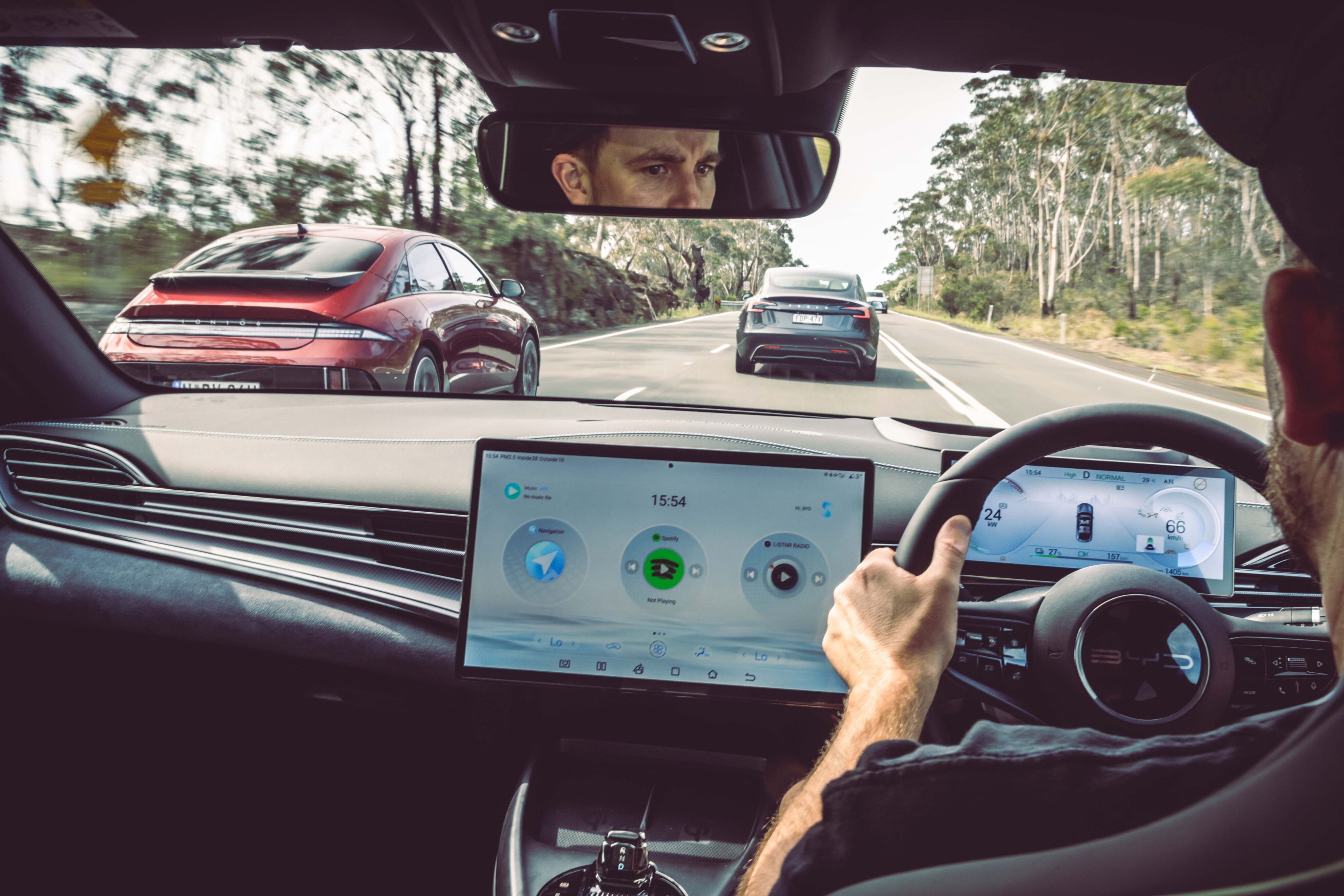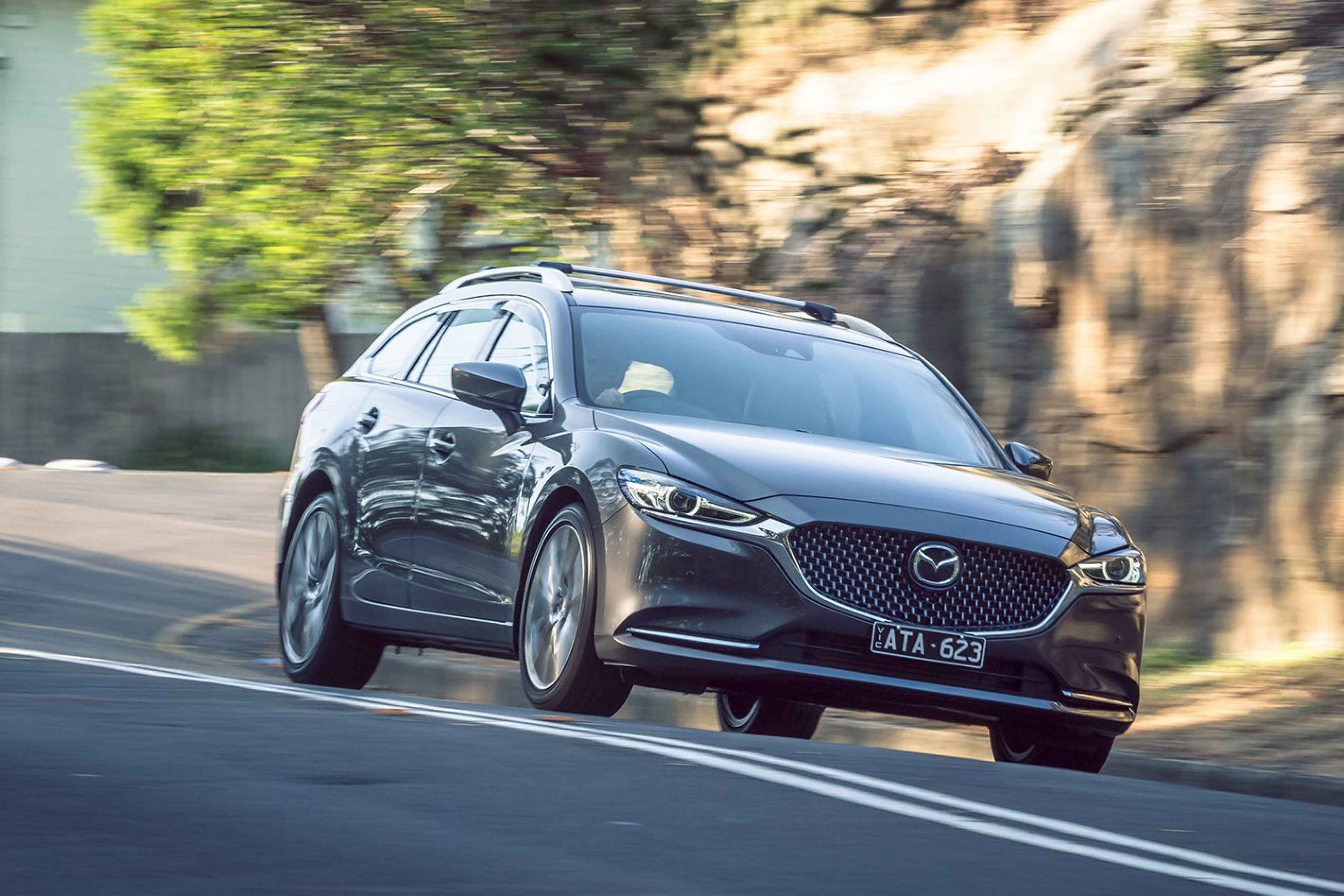
The process of launching a new car has never been more transparent. The days of ghillie-suited photographers having to camp out for days on end to get a cover-worthy snap are essentially over.
With easily leakable online documents, website input gaffes, and dedicated testing cycles on open-to-public roads (not to mention the proliferation of smartphones and digital cameras), we know more about new cars before they break, which is what’s made this issue far more accurate and detailed than it would’ve been a decade ago.
Because there’s so much information, so many teasers and snippets – everything from shadowy concept sketches, early cabin reveals, and manufacturer-supplied ‘spy’ shots that emerge before the first overseas reviews, the ‘curve of excitement’ (as I’ve scientifically named it) now has more small spikes over a longer, flatter anticipation period.

I was reminded of this phenomenon last month on my first sample of the BYD Seal, the new Chinese-made sedan with twin-motor AWD and astounding speed on tap.
It gets to 100km/h in 3.8 seconds costs and is under $70K, and therefore offers the best kilowatt/dollar ratio of any new car ($176.27 per kW, if you’re wondering).
Not directly involved with the car’s coverage, I read my colleague’s pricing stories with great interest as the Seal comfortably cemented itself as the cheapest among rivals. Then came the spec battles and comparisons, with which I began building an expected driving experience. Frequency selective dampers and four-piston front brake calipers clamping big ventilated and cross-drilled rotors on the Performance piqued my interest especially.

And yet when it finally came to sampling one on home soil, the experience was less than excellent.
A typical muggy December day in the Blue Mountains where the heat lingers in humidity like a sauna brought sharp sun rays that did their best to flatten any interest in the design – though the Seal’s bonnet creases and unique proportions still caught my eye.
I took a seat inside and, instead of experiencing the beauty of the glossy marketing images promising high-quality quilted leather seats, I was greeted with an offputting plasticky smell and materials a notch down from what I was expecting.
Then came the drive; aside from ballistic acceleration, it followed the cabin’s trend, and the poorly calibrated driver aids and chassis left me disappointed.
This isn’t a review of the car by any means (although you can read my comparison here) and your Seal mileage may vary. Instead, it’s just my latest memorable brush in a long line of the excitement curve phenomena.
As a counterpoint, I sampled a Mazda 6 GT SP earlier this year, and despite low-to-no expectations (launched way back in 2012, it sits well near the wrong part of the excitement curve) it performed exceptionally well, much to my delight.

Regular road testing means this experience is common, yet at the end of the week the car goes back and I’m free of any financial burden.
But we’re in an era of protracted wait times, and as someone who doesn’t know how it feels to have this happen when money’s on the line, I’d be intrigued to hear about your brushes (positive or negative) with the patented ‘new car-buying excitement curve’.

COMMENTS